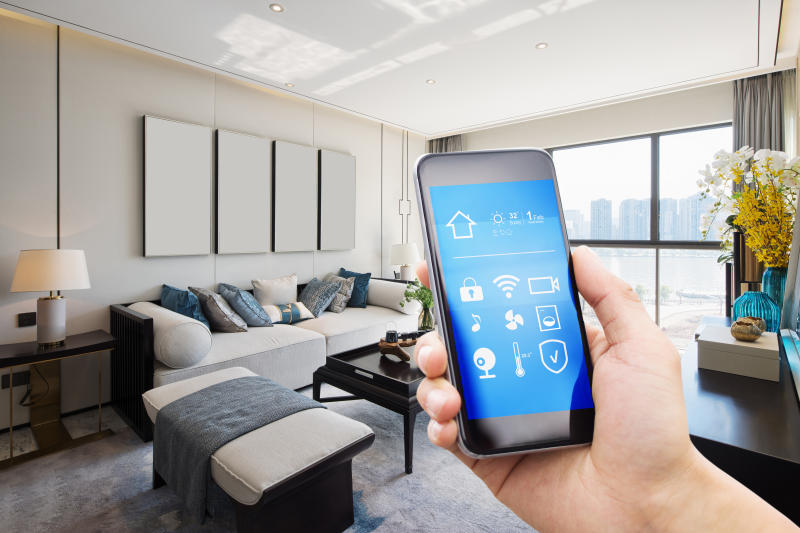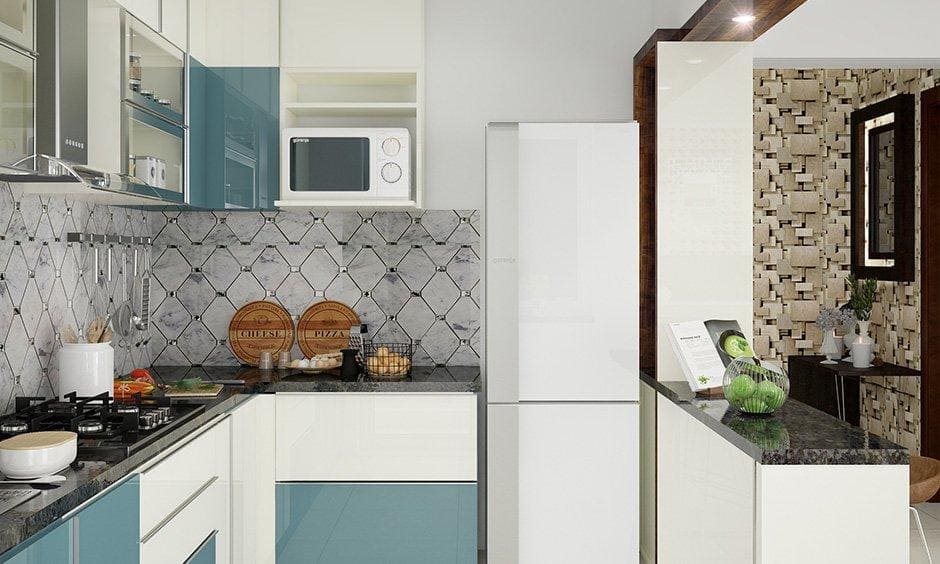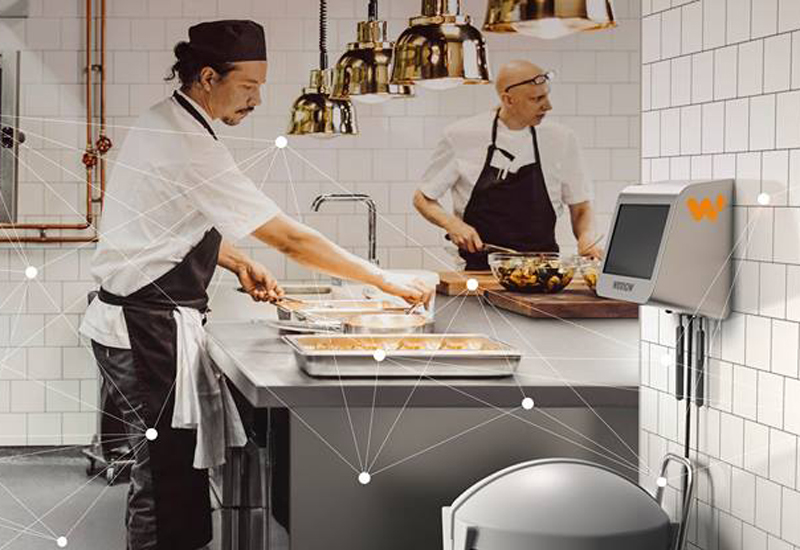In today’s rapidly evolving world, technology has become an integral part of our daily lives. With the advent of smart devices, the debate on voice control vs manual control has gained significant attention. This article delves into the intricacies of both control mechanisms, providing an in-depth analysis that caters to creative professionals and tech enthusiasts alike. Whether you’re a fan of the hands-free convenience of voice commands or prefer the tangible interaction of manual controls, understanding the strengths and limitations of each can help you make informed decisions.

The Rise of Voice Control
Voice control technology has seen a meteoric rise in recent years, largely due to its convenience and accessibility. From smart speakers to voice-activated assistants, this technology allows users to perform tasks without lifting a finger. The integration of voice control in smart homes is a prime example of how this technology is reshaping our living spaces. According to a report by Coldwell Banker, voice control is becoming a staple feature in modern homes, offering a seamless way to interact with various devices.
Advantages of Voice Control
The primary advantage of voice control is its ability to provide a truly hands-free experience. This is particularly beneficial for individuals with mobility challenges or those who are multitasking. Additionally, voice commands can enhance productivity by allowing users to perform tasks while focusing on other activities. For example, creative professionals can control music, adjust lighting, and manage schedules without interrupting their workflow.
Challenges of Voice Control
Despite its many advantages, voice control is not without its challenges. One major concern is the potential for misunderstandings or misinterpretations by the voice assistant. Accents, speech impediments, and background noise can all lead to errors in command recognition. Furthermore, privacy concerns have been raised regarding the data collected by voice-activated devices. Understanding what data do smart homes collect is crucial for users who prioritize privacy and data security.
The Tangibility of Manual Control
While voice control offers convenience, manual control provides a sense of tangibility and precision that many users prefer. The ability to physically interact with a device can enhance the user experience, offering a more intuitive and reliable form of control.
Benefits of Manual Control
Manual control allows for precise adjustments, which can be particularly advantageous in scenarios where accuracy is paramount. For example, when adjusting the temperature on a thermostat or fine-tuning the volume on audio equipment, manual controls can offer a level of precision that voice commands may struggle to achieve.
Drawbacks of Manual Control
However, manual control is not without its drawbacks. It requires physical interaction, which may not be feasible for everyone, especially individuals with mobility limitations. Additionally, in situations where hands-free operation is preferred, such as cooking or driving, manual control may not be the most practical option.
Integrating Voice and Manual Controls
For many users, the ideal solution is not a choice between voice control vs manual control, but rather an integration of both. By combining the strengths of each, users can enjoy a versatile and adaptable control system. For example, a smart home system that allows for both voice commands and manual adjustments can provide users with the flexibility to choose the most suitable control method for any given situation.
Enhancing User Experience
Integrating both control methods can significantly enhance the user experience. Voice commands can be used for quick, broad actions, while manual controls can provide detailed adjustments. This hybrid approach ensures that users can enjoy the benefits of both technologies without being limited by the constraints of either.
Future of Control Technologies
As technology continues to evolve, the line between voice and manual controls is likely to blur. Innovations in artificial intelligence and machine learning are paving the way for more intuitive and responsive control systems. The future may hold smart systems that anticipate user needs and adapt accordingly, offering a truly seamless interaction experience.
Voice Control in Creative Professions
Creative professionals, such as artists, designers, and writers, can greatly benefit from voice control technology. By leveraging voice commands, these individuals can streamline their workflow, reduce distractions, and focus more on their creative processes. For instance, a designer can use voice commands to adjust lighting while working on intricate details, ensuring optimal working conditions without interrupting their concentration.
Manual Control in Creative Settings
On the other hand, manual control remains essential in creative settings where precision is crucial. Artists and designers often rely on tactile feedback to achieve their desired outcomes. The ability to physically manipulate tools and materials can enhance the creative process, allowing for a deeper connection with the work.
Balancing Innovation and Tradition
The debate between voice control vs manual control reflects a broader discussion on balancing innovation with tradition. While voice control represents the cutting edge of technology, manual control embodies a time-tested approach that many users still value. By understanding the benefits and limitations of each, individuals can make informed decisions that align with their preferences and needs.
Conclusion
In conclusion, the choice between voice control vs manual control is not a binary one. Both methods offer unique advantages and challenges, and the optimal solution often lies in their integration. Whether you’re a creative professional seeking to enhance productivity or a tech enthusiast exploring the latest innovations, understanding the nuances of these control mechanisms can help you navigate the ever-evolving landscape of technology.

FAQ Section
What are the main benefits of voice control?
Voice control provides a hands-free experience, enhances productivity, and is accessible to individuals with mobility challenges.
Can manual control offer more precision than voice control?
Yes, manual control allows for precise adjustments, which can be beneficial in scenarios requiring accuracy, such as adjusting a thermostat or audio equipment.
Is it possible to combine voice and manual controls?
Absolutely, integrating both voice and manual controls can enhance user experience by providing versatility and adaptability in various situations.
This article contains affiliate links. We may earn a commission at no extra cost to you.





